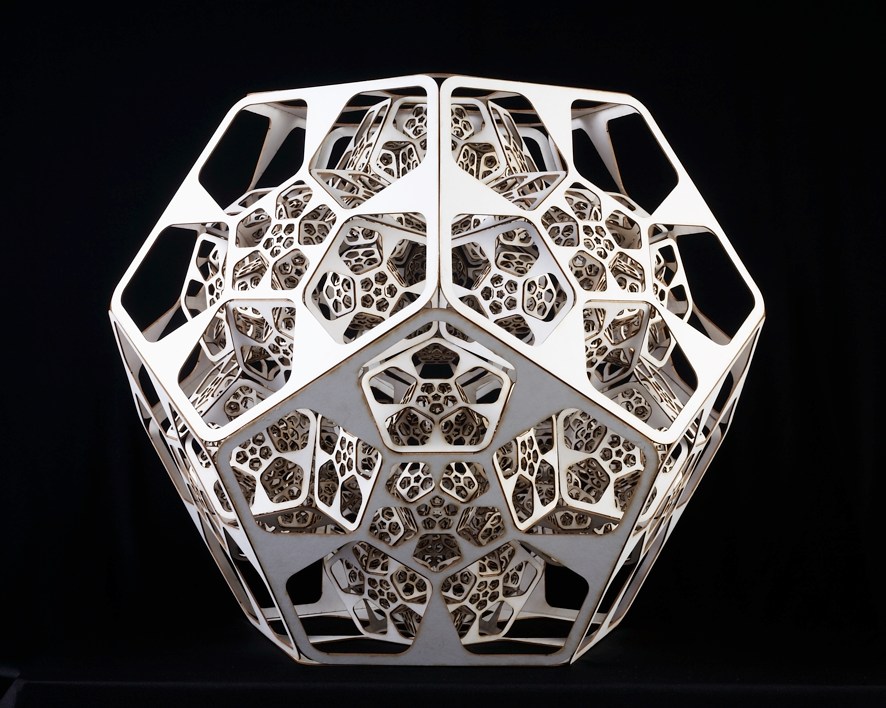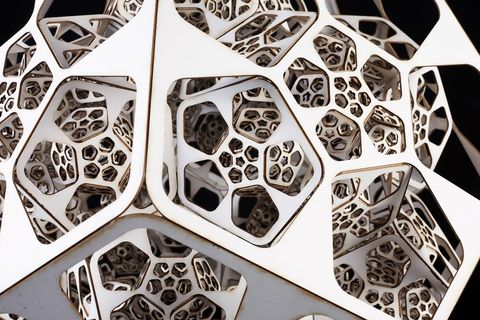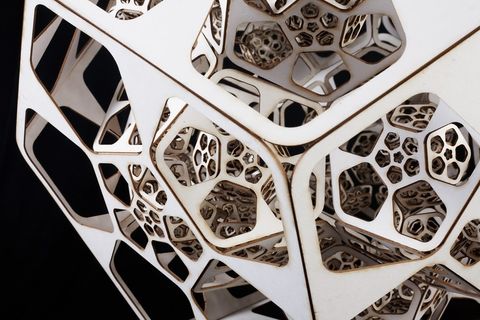
Ether
Let no one destitute of geometry enter my doors.
Plato
In ancient Greece, the renowned philosopher Plato presented the idea in his book called Timaeus that the universe was created in resemblance with a geometric progression. In the Timaeus, he described how triangles constitute the five geometric solids, now known as the Platonic solids, that are the tetrahedron (or pyramid), cube, octahedron, dodecahedron, and icosahedron. According to Plato, any of these five geometric solids whose faces are identical, regular polygons meeting at the same three-dimensional angles were associated with the four primal elements, earth, air, fire and water. Plato assigned the cube, with its four-square regularity, to earth; the tetrahedron, with its sharp points and edges, to fire; icosahedron to water and octahedron to air. The fifth construction, the dodecahedron was assigned to the heavens with its 12 constellations in Plato’s philosophy. Later, some other Greek philosophers assigned the dodecahedron to the ether and cosmos.
The symmetry and charm of the Platonic solids have long inspired artists let alone architects, artisans and scholars from ancient Egypt to the present as evident with Pyramids; the work of Renaissance artists and mathematicians such as Piero della Francesca, Luca Pacioli, and Leonardo da Vinci; the astronomer Kepler’s work called ‘the Cosmic Mystery’; Salvador Dali’s painting ‘the Sacrament of the Last Supper’ and so on.
Just as his predecessors, David Dessens pursuits geometric perfection and beauty by his dodecahedron sculpture: Ether. With its 12 pentagonal faces in a flawless symmetry and structural integrity, Ether presents the golden ratio. Considering ether theories in physics introducing the existence of a space-filling substance or a transmission medium is thought to be essential for the propagation of light (electromagnetic radiation) or gravitational forces; and given that our number symbolism links 12 to the zodiac, Ether by Dessens reflects the mysteries of the universe.



